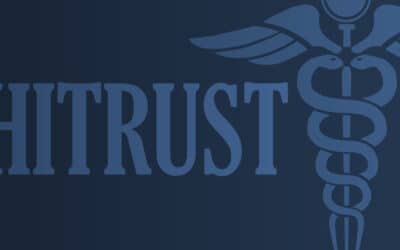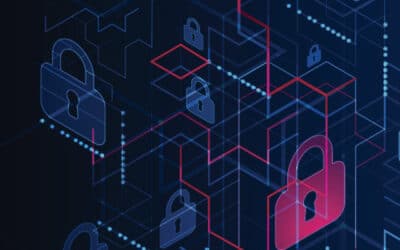Changing the Game: Hunting Ransomware with Threat Intelligence
In this blog, we’ll examine the typical progression of ransomware, how it has changed (and continues to change), and how advanced threat intelligence is necessary in order to be proactive in detecting and responding to such attacks.
What Is GDPR Compliance?
In this post, we take a close look at important sections of the GDPR and how they relate to your cybersecurity strategy.
Top 3 Considerations for an Effective Multi-Cloud Security Strategy
In this Q&A, learn the answers to questions around implementing a more effective multi-cloud security strategy.
Avoiding the Biggest Mistakes in Multi-Cloud Environments
While adopting a multi-cloud strategy can make your business more efficient and agile, it can also have considerable downsides if not implemented carefully. In working with our customers, we typically see organizations make the same handful of mistakes. Here are three of the biggest.
HITRUST vs. HIPAA
The two acronyms – HITRUST and HIPAA – sound similar and both address data protection, so it’s common for people to believe they’re essentially the same. However, HITRUST and HIPAA play separate but related roles in securing patient data.
What Is Endpoint Security and Why Is It Vital?
Like most organizations, you’re likely challenged with defending an ever-expanding attack surface — all the avenues an attacker can get into your network and compromise sensitive data. In fact, over the last decade the average attack surface has substantially grown as the number of devices that connect to a company’s network has rapidly multiplied.
Just Scratching the Surface: Exploring Alert Logic — an MDR Leader
Alert Logic was named a Leader in the IDC MarketScape: U.S. Managed Detection and Response Services 2021 Vendor Assessment,1 in which 15 managed detection and response (MDR) providers were evaluated on current and future capabilities. The report presents a thorough analysis of these solutions for organizations seeking to strengthen their posture against cybersecurity threats.
Alert Logic’s Take on the Atlassian Confluence Flaw
Alert Logic has been actively investigating this new OGNL injection vulnerability – CVE-2021-26084 – in the Confluence Server and Data Center. This is not the first time our threat intelligence team has seen an issue with Confluence, so we are seasoned with such a threat.
5 AWS Fargate Security Best Practices
While it maintains the security of the host environment, the customer is still responsible for securing the worker nodes and workloads. To successfully meet this responsibility, it’s important to understand how AWS Fargate works and what practices you should follow to ensure the security of your deployed applications.
Top Cybersecurity Statistics and Trends of 2021
To fully understand the constantly evolving threat landscape, companies need visibility into some of the top cybersecurity statistics and trends.
How Secure is the Cloud?
We address the security in the cloud and discuss how you can take steps to ensure your organization is best protected.
Public Cloud vs. Private Cloud
Cloud computing continues to rise in popularity — partly out of necessity to meet the needs of a remote workforce, but also due to the vast array of benefits that come with migrating to the cloud, including cost-effectiveness, reliability, and scalability, etc. The three cloud services are Public Cloud, Private Cloud, and Hybrid Cloud. For now, let’s focus on the comparison between public and private cloud.












